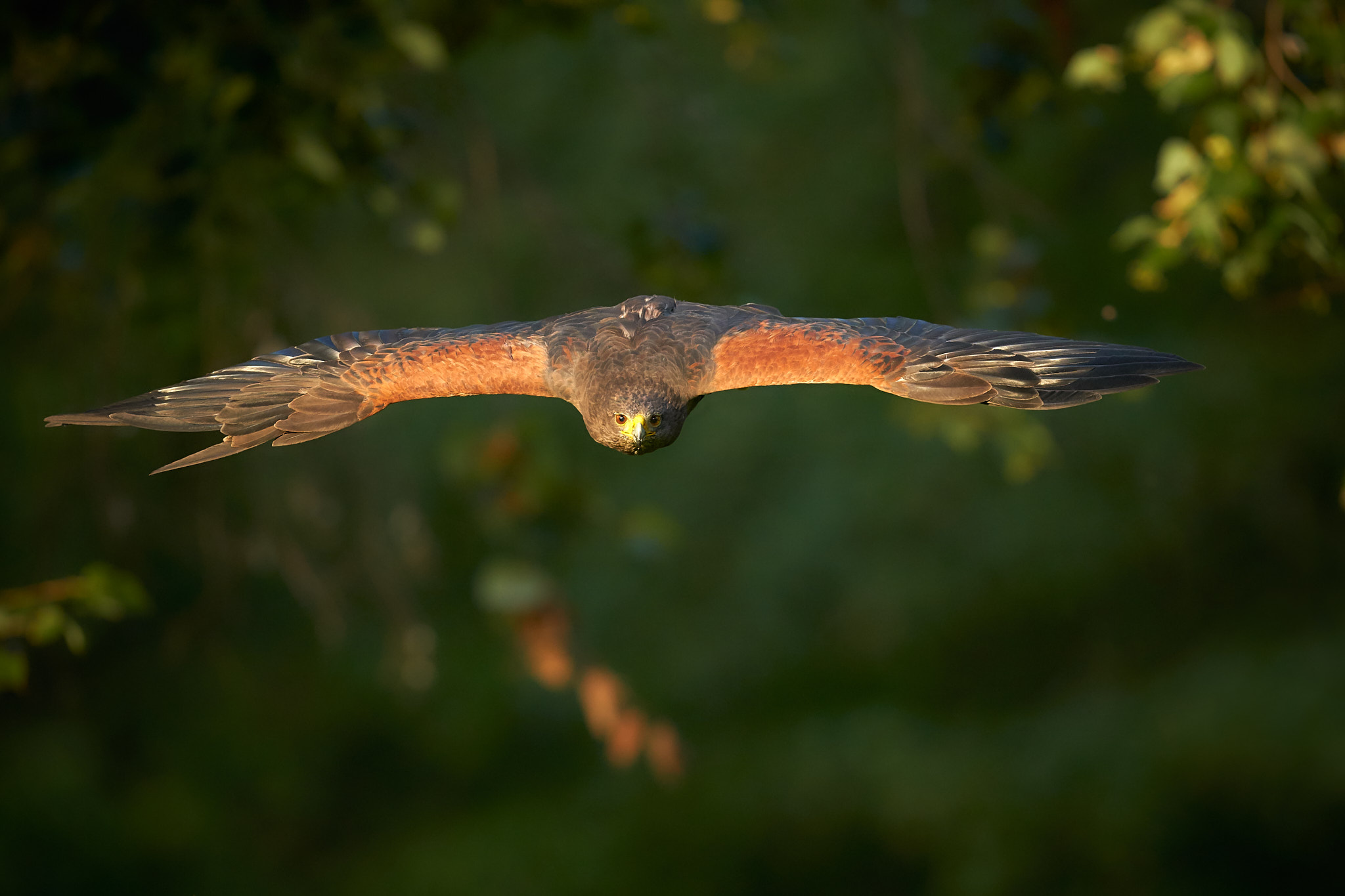For many photographers, when the weather outside hits negative cold temperatures it’s a sign to stay indoors and hope that conditions improve.
Angela Boehm from Saskatchewan, Canada was of the same mindset. “I found myself grumbling about yet another day I couldn’t photograph because of the biting cold — it was minus 30 degrees Celsius outside,” she tells PetaPixel.
But as Boehm sat in her car waiting for a gap to appear on the highway, she had an epiphany that there was a “quiet beauty” in the scene in front of her that had been there all along. “That moment sparked something, and I started to photograph it,” she adds.
Boehm is from the prairies of southern Saskatchewan and knows all about harsh Canadian winters. She began to realize that minus 30 degrees Celsius winter landscapes are a metaphor for life, and she began her project, which has since turned into a book.
“The frozen prairie landscapes, while a subject in their own right, serve as a powerful metaphor for the deeper themes the book explores: loss, memory, and resilience,” she says. “What better environment to convey these ideas than a winter prairie storm?”
“The loss is embodied in the emptiness and biting cold,” she continues. “The memory, or its gradual fading, is represented by the snow obscuring the horizon, softening and blurring the scenes. And the resilience is in the solitary tree — a steadfast survivor of countless storms in this unforgiving landscape.”
What is it Like Taking Photos in Minus 30?
Shooting in minus 30 degrees Celsius (minus 22 degrees Fahrenheit) brings a unique set of challenges: for example, it is easy to blow out the whites while also dealing with the darkness that can envelop the landscape during a storm.
“I didn’t have a meter that could accurately read these conditions, so I had to rely solely on the histogram to figure the right exposures,” Boehm explains.
“Once I had that dialled in it became fairly straightforward. The histogram for these images is essentially flat, with one pronounced peak in the whites. This presented unique difficulties in ensuring the subtle tonal details translated well onto the page. It was a delicate balance, both in capturing and printing, to convey the nuance of these extreme conditions.”
Boehm used a Fujifilm GFX 100 for her project, a medium format digital camera, which she says held up well in the extreme conditions. Nevertheless, there were still difficulties.
“The biggest issue was keeping the camera cold,” she explains. “Once the camera acclimated to the freezing temperatures, I couldn’t bring it into a warmer space, like my vehicle, without it fogging up. As a result, I had to keep my vehicle cold, often leaving the windows down to maintain the same temperature as the outside environment.”
Another issue was battery life. In cold weather, batteries simply don’t perform the way they do in optimal temperatures. So, Boehm always had to keep spare batteries inside her jacket and try to keep them warm, or else they too would drain.
Boehm couldn’t wear a glove on her right hand while taking photos meaning she was constantly having to put her hand back in her pocket that was filled with hand warmers.
“I would put a mitten on while I walked and explored, but not while finding a scene and photographing,” she explains. “Gloves simply don’t work for pressing the shutter.”
Boehm’s resulting book, titled Minus Thirty, features essays by writers, including Brad Zellar. “The response has been incredible,” Boehm says of her book. The book is available here but is selling fast.
More of Boehm’s work can be found on her Instagram and website.
Image credits: Photographs by Angela Boehm.







 English (US) ·
English (US) ·